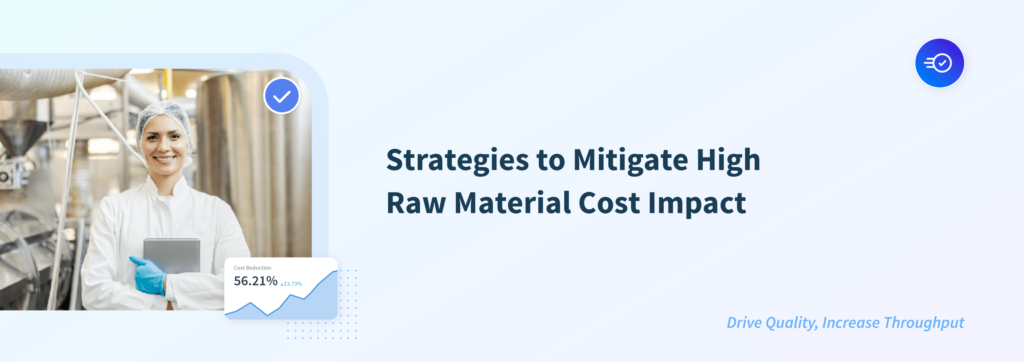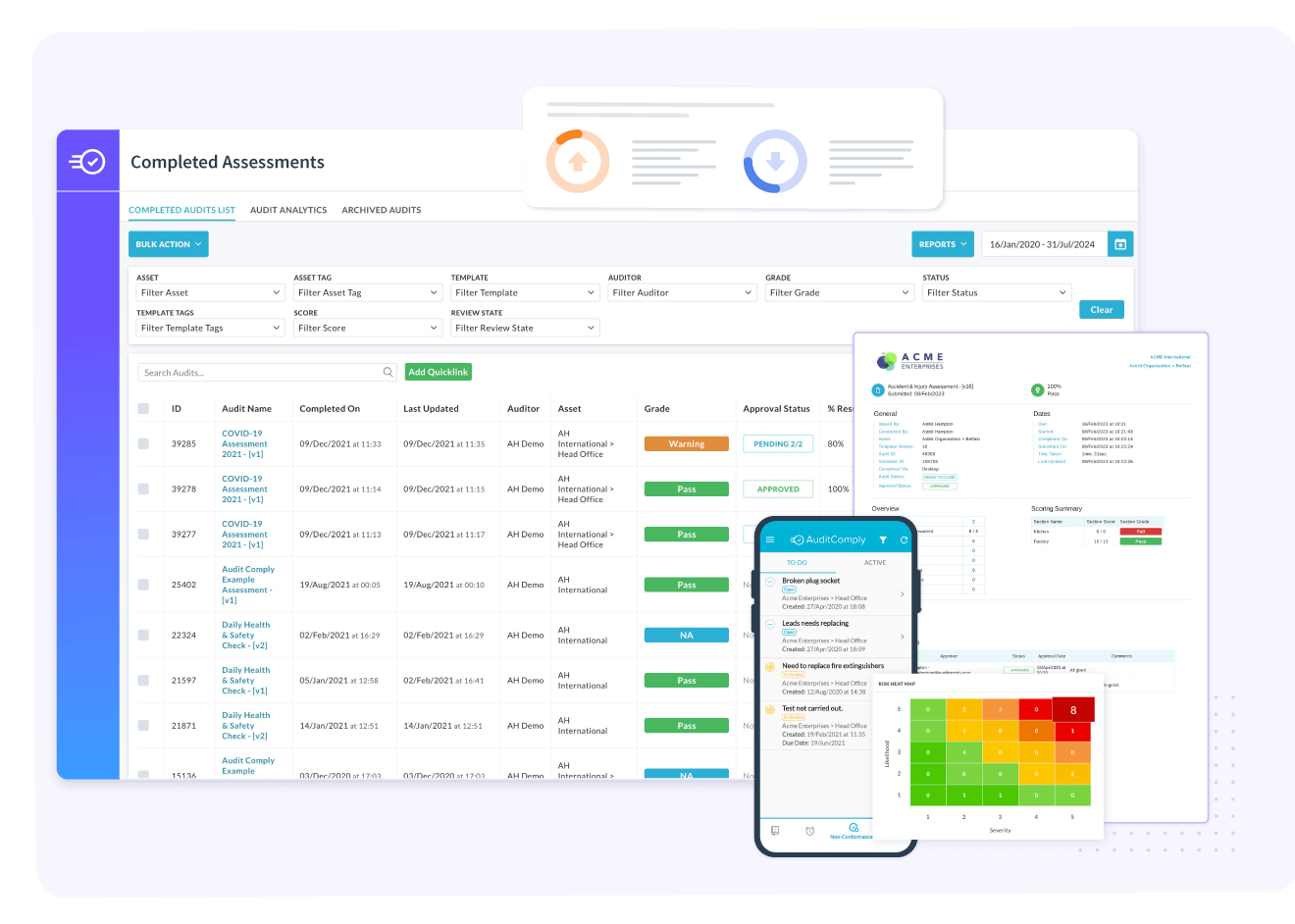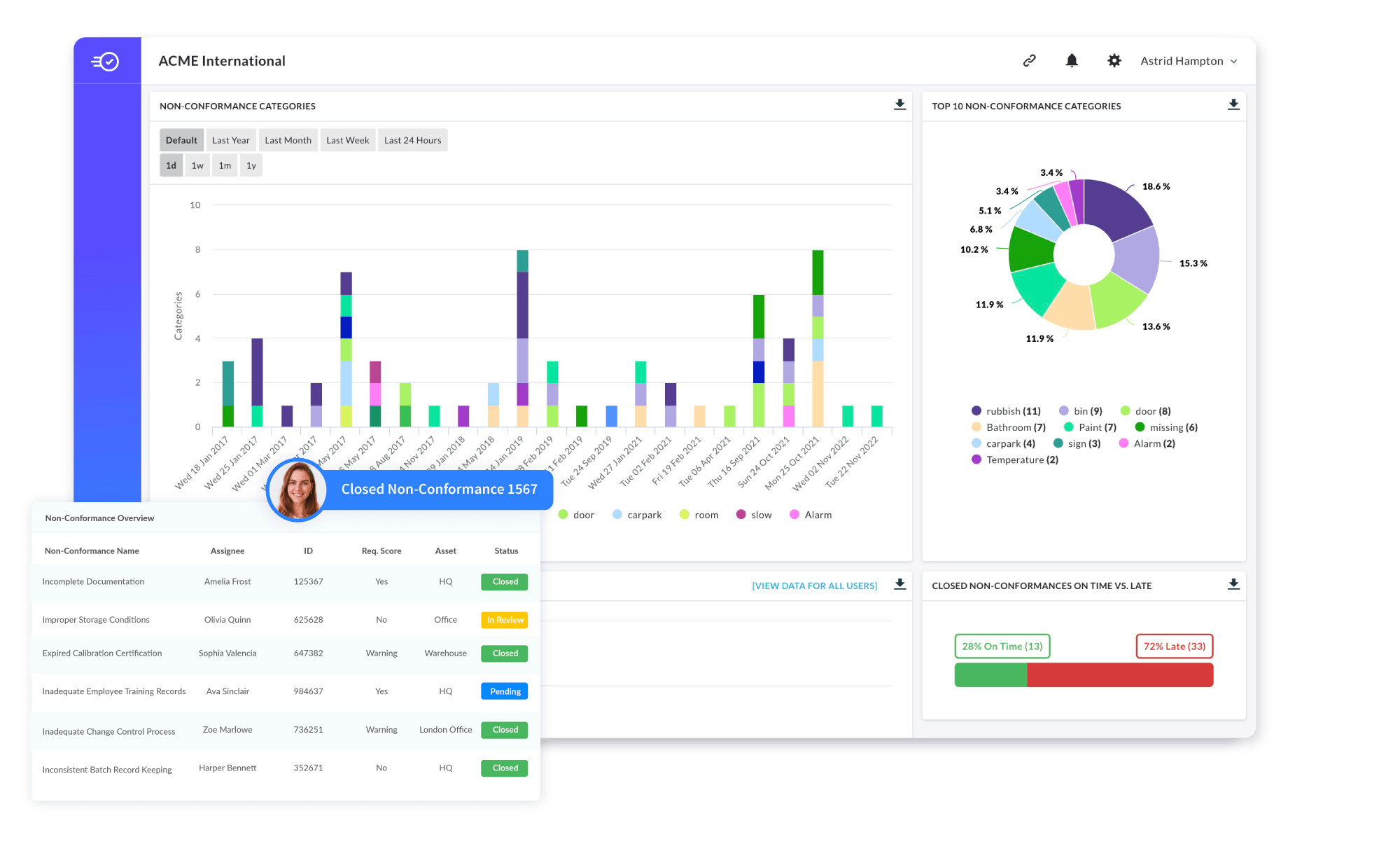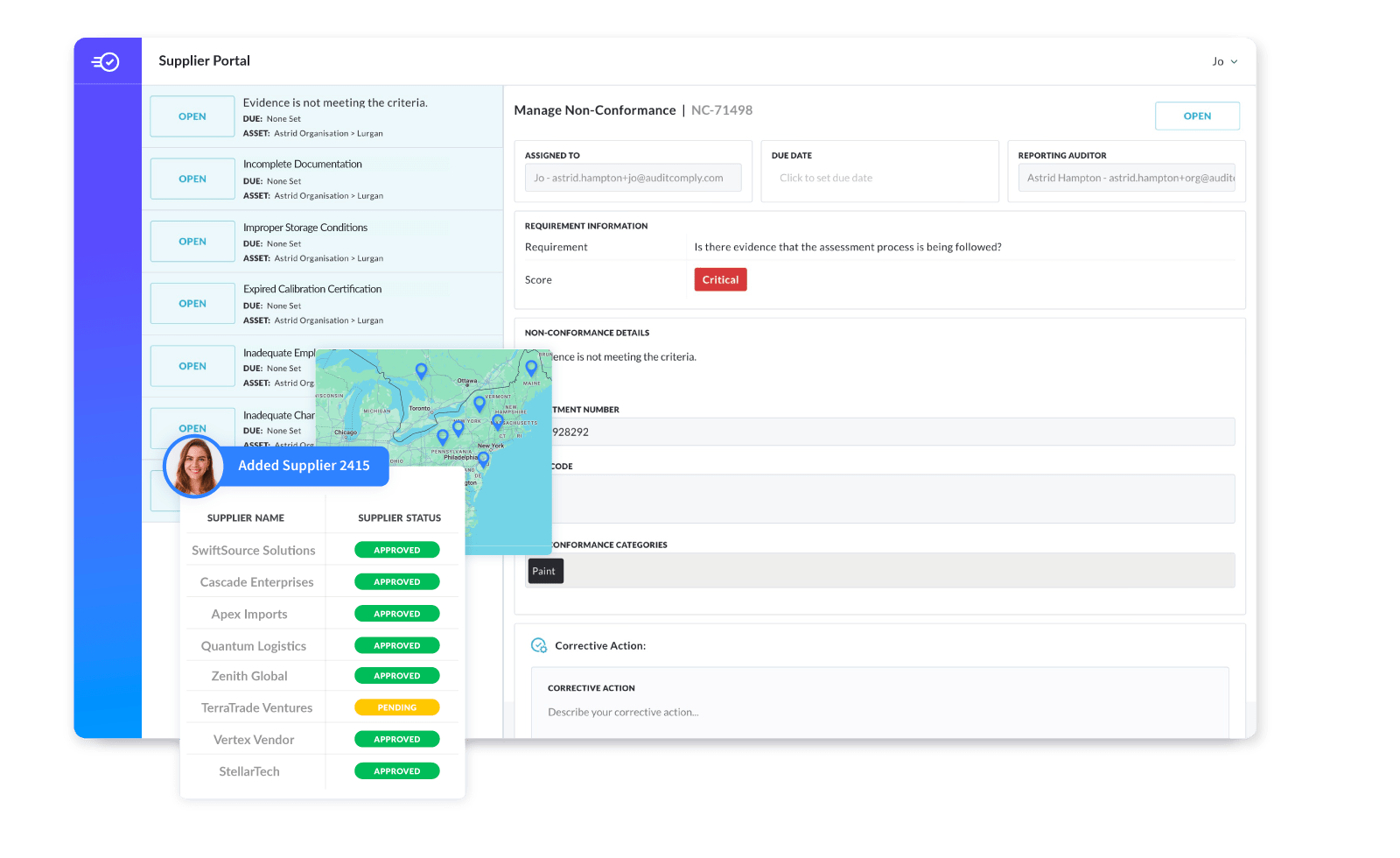
In the dynamic and competitive food and beverage industry, managing rising costs—particularly for raw materials, packaging, and logistics—is a perennial challenge.

The increasing costs impact everything from production to pricing strategies, compelling manufacturers to rethink their operational and strategic approaches. For example, according to a recent update from the UN Food and Agriculture Organization, there has been a significant uptick in the Meat Price Index by 1.8% from January to February 2024, underscoring the volatility and rising costs in the sector. These challenges are further complicated by shifting consumer preferences towards lower meat consumption, rising feed costs, labor shortages, and ongoing supply chain disruption.
This blog explores technical and strategic solutions that can help manufacturers adapt and maintain their competitive edge. Given the lack of a one-size-fits-all solution to manage escalating costs, manufacturers need to develop a customized, comprehensive approach. This strategy should aim at improving production efficiency, optimizing inventory management, and strategically transferring costs to consumers when possible. Adopting these tactics is essential for preserving product quality and sustaining profitability in an intensely competitive market.
Strategies to Mitigate Impact
In our collaboration with food and beverage manufacturers, we’ve identified challenges that are specific to the industry. Over the years, we have developed digital solutions and strategies to mitigate the impact of external pressures, many of which are beyond your control.
Strategic Sourcing and Supplier Diversification: A robust sourcing strategy is fundamental in managing raw material cost pressures. By diversifying their supplier base, manufacturers can mitigate risks associated with supply disruptions and gain better negotiation leverage. For example, instead of relying solely on local suppliers, a food manufacturer might source grains from both local and international markets, which can protect against regional crop failures or political instability that might affect supply. Moreover, establishing long-term relationships with a diverse array of suppliers can lead to more favorable payment terms and bulk purchasing discounts.
Advanced Inventory and Pull-Push Production Control: Effective inventory management is another critical strategy for combating raw material cost increases. Employing advanced analytics and real-time tracking systems provides manufacturers with greater visibility and control over their supply chains. This allows for the identification of inefficiencies and quick adaptation to supply chain disruptions. For instance, a real-time inventory management system can help a beverage company reduce overstock of perishable ingredients, minimizing waste and reducing storage costs. The concept of a pull-push production control strategy exemplifies how manufacturers can align production schedules and inventory levels with actual sales data to minimize holding costs and reduce inventory wastage.
Process Optimization with Better Quality Management Systems: Implementing a Quality Management System (QMS) like AuditComply can significantly enhance production efficiency and reduce costs by streamlining operations and minimizing waste. AuditComply excels in rigorous process control and standardization, crucial for reducing variability and boosting the quality of outputs. Such capabilities are particularly beneficial for managing the challenges associated with raw material costs.
By deploying a QMS, manufacturers can enforce robust raw material auditing processes, which allow for effective claimbacks on poor quality or non-compliant products. This not only safeguards against financial losses but also strengthens supply chain integrity. Moreover, the integration of predictive maintenance technology within a QMS for example can help prevent costly downtime by anticipating equipment failures before they occur. This ensures continuous production without interruption.
Strategic Pricing Adjustments: Adjusting pricing strategies in response to fluctuations in raw material costs is crucial for maintaining profitability. Incremental price adjustments, when communicated transparently to customers, can help manage consumer expectations and maintain loyalty. Research supports this approach, showing that strategic pricing can significantly influence the performance of small and medium-sized enterprises in the food and beverage sector.
Innovation and Employee Training: Investing in innovation and employee training is essential for long-term sustainability. Empowering the workforce with skills in new technologies and processes can lead to more innovative solutions to operational challenges. For instance, training employees on the use of AI and IoT devices can optimize energy consumption in refrigeration units or improve logistics planning, thereby reducing costs.
Looking Ahead
Navigating the complexities of rising raw material costs requires a multifaceted approach. By diversifying sourcing strategies, enhancing supply chain and inventory management, optimizing processes through technology, strategically adjusting prices, and investing in human capital and innovation, food and beverage manufacturers can not only withstand the pressures of cost increases but can thrive in a competitive marketplace.
To learn more about how AuditComply can help you mitigate the impact of rising raw material costs, request a demo here.
About AuditComply
AuditComply is a leading Quality Management platform that empowers manufacturers to achieve operational excellence. By transforming how manufacturers operate, our platform focuses on reducing rework, driving higher quality, and increasing throughput. Seamlessly integrating people, processes, and data, AuditComply provides the tools and insights needed to streamline operations, improve supply chain management, mitigate risk and ensure frontline workers are supported.



